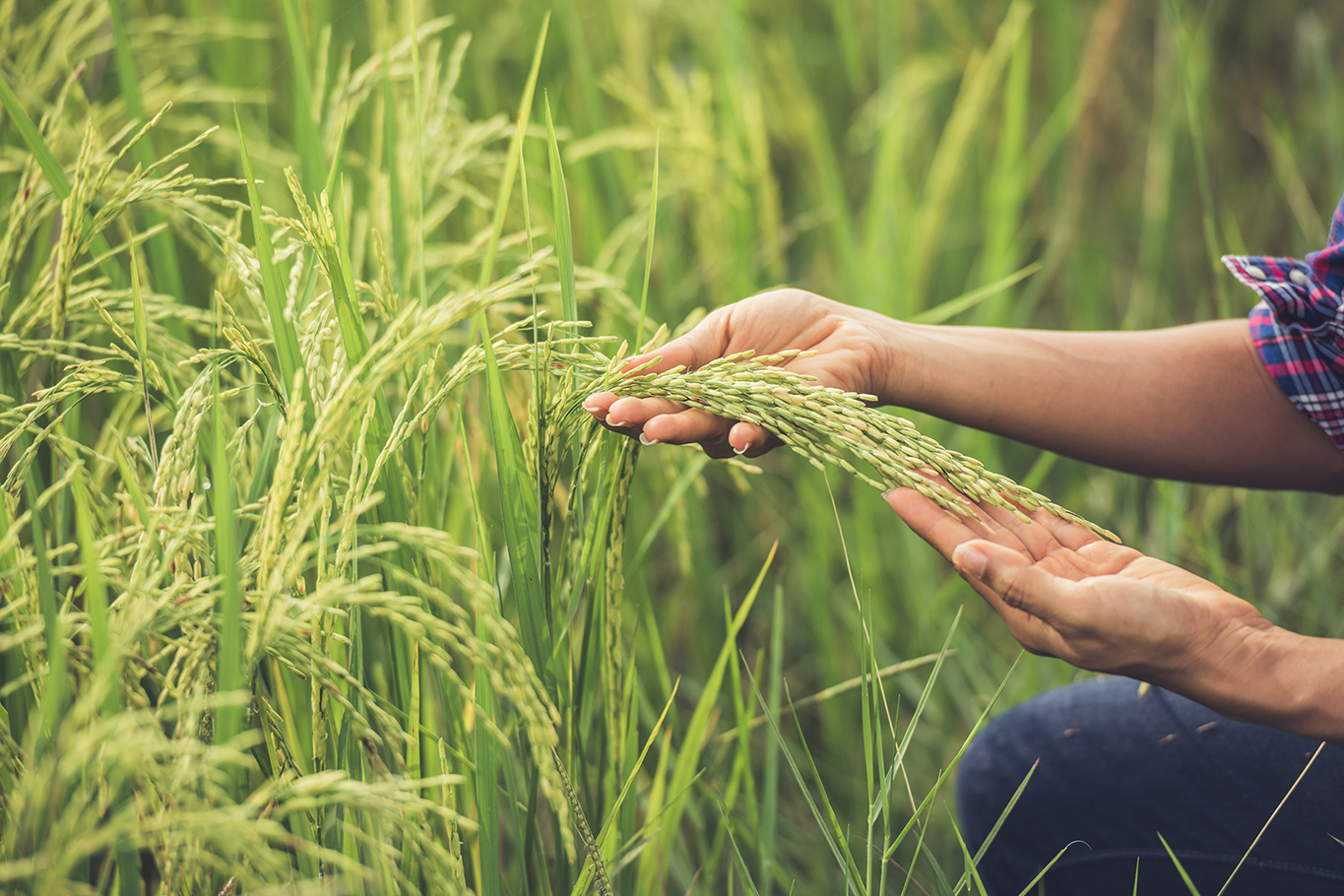
During his upcoming visit to Maharashtra and Goa, Prime Minister Narendra Modi is set to launch the Namo Shetkari Mahasanman Nidhi Yojana, a program aimed at benefiting farmers. The Prime Minister announced on social media that this initiative will provide assistance to 86 lakh farmers.
Under this program, initiated by the Maharashtra government, farmers will receive an additional annual payment of Rs 6,000. This amount is in addition to the Rs 6,000 per year that farmers already receive through the Pradhan Mantri Kisan Samman Nidhi.
While this program has brought some relief to the farming community in Maharashtra, farmers are also hoping for a reduction in export restrictions, which would have a positive impact on their overall income. The export restrictions on wheat, rice, and various other agricultural products have adversely affected the farmers.
Kharif crop sowing for the current year has seen a slight increase compared to the previous year, but price fluctuations for vegetables have become a cause for concern. Earlier in the year, until April-May, vegetable prices, including those of tomatoes and onions, had plummeted due to oversupply.
Anil Ghanwat, a senior leader of Shetkari Sangathana, a farmers’ union in Maharashtra, expressed that despite excess production of several crops, farmers are under stress due to the government’s restrictions on exports, which have led to a significant drop in agricultural product prices. This, in turn, has impacted the farming community.
Ghanwat highlighted the increasing policy uncertainty in the agriculture sector, leading farmers to seek non-farm employment opportunities. Falling income levels and uncertainties are prompting more people to move away from agriculture, and this is a growing concern for India.
Regarding inflation and supply management, Ghanwat emphasized that these responsibilities lie with the government and that farmers should not be penalized for excess production. A study by IIFL Securities noted changes in acreage during the Kharif season, with increases in rice and cereals but declines in pulses, oilseeds, and cotton acreages. While certain states like Bihar and Jharkhand have seen increases in rice production, the key crop soybean showed growth, despite a decline in oilseed acreage.













